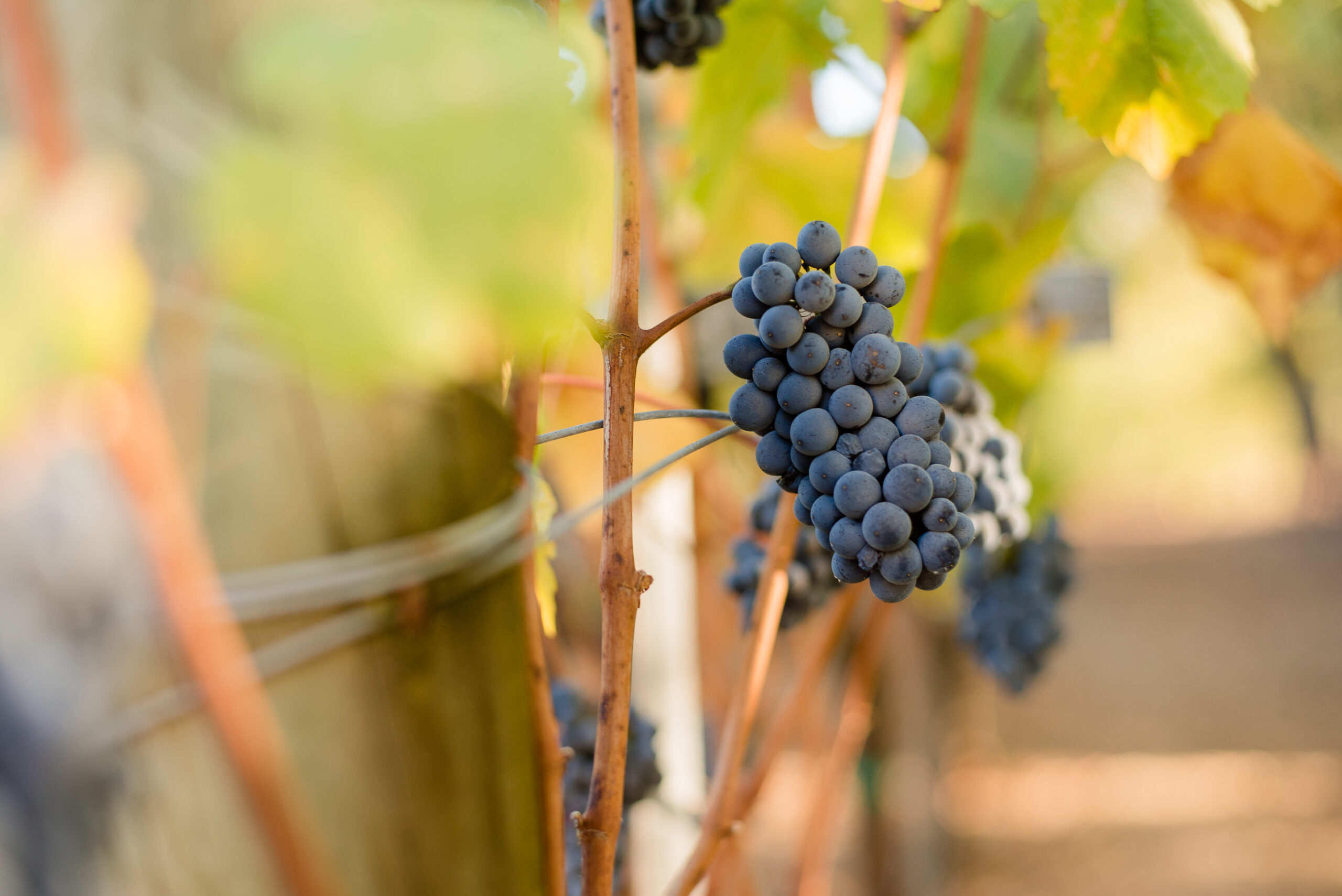
03 Sep Comparing Pinots: Part Two
The similarities and differences in Pinot Noir Clones grown in Humboldt County and Russian River Valley made by Joseph Jewell Wines.
In part one of our Comparing Pinots series, we explored the differences and similarities between growing Pinot Noir in Humboldt County and the Russian River Valley in regards to acreage, soils, and climate. Read through it here if you missed it.
In part two, we’ll discover how these differences and similarities manifest in the final wines of each of Joseph Jewell’s single-vineyard Pinot Noirs. We’ll break them down by their clone which will lend further understanding to where flavors and aromatics originate.
Clones
Something that many wine enthusiasts don’t know about Pinot Noir is that it comes in many sizes, colors, flavors, and aromas. You can almost think of Pinot Noir as the parent category for all of the clones that exist of this grape varietal. Grape clusters range in size from no bigger than a childs hand to the size of a large wine glass and range in color from brick orange to almost black. But where these clones really show their unique characteristics, is in both the pace at which they ripen and the flavors & aromas they display in the finished wines.
There are many books dedicated to the exploration of Pinot noir clones. I encourage you to flip through their hundreds of pages if you stumble upon them. We can break down the clones we work with into two categories, Dijon clones and California Heritage clones.
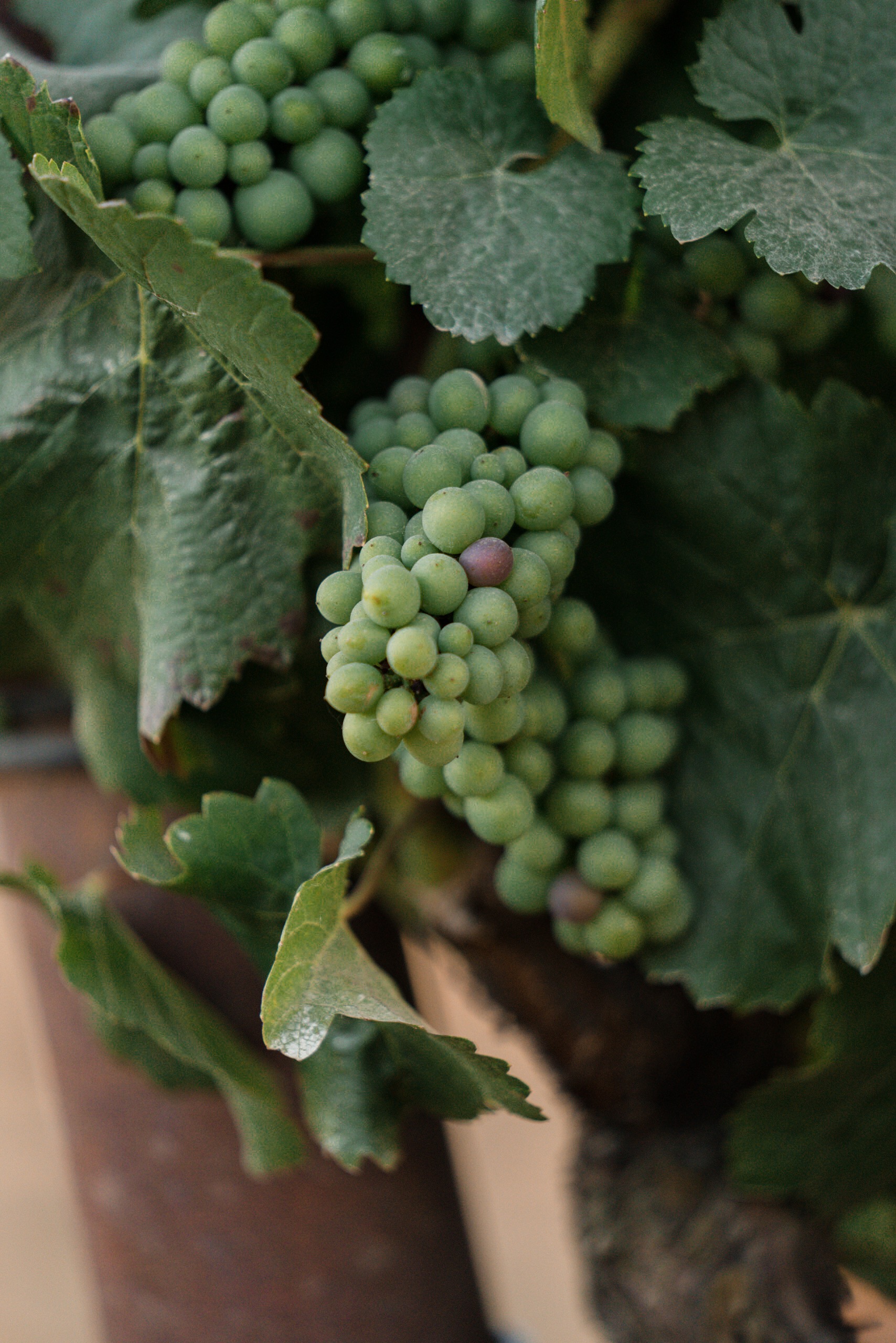 Dijon 777 clone, Starscape Vineyard, Russian River Valley
Dijon 777 clone, Starscape Vineyard, Russian River Valley
Dijon Clones
These are Pinot Noir clones that have been taken through the University of Dijon, identified, and cleaned of any viruses or diseases they may have. They are often earlier ripening clones that at harvest have slightly lower acid and often higher sugar levels than their California Heritage counterparts. In the final wines they display flavors of black cherry, bramble berries, sassafras, dark earth, and sometimes an herbal eucalyptus. They are slightly tannic, but are well known for their juicy, silky, elegant, and finessed mouthfeels. You’ll find these clones labeled numerically as 114,115, 667, 777, 828, and many more. Each of these numbers/clones also exhibit their own uniqueness.
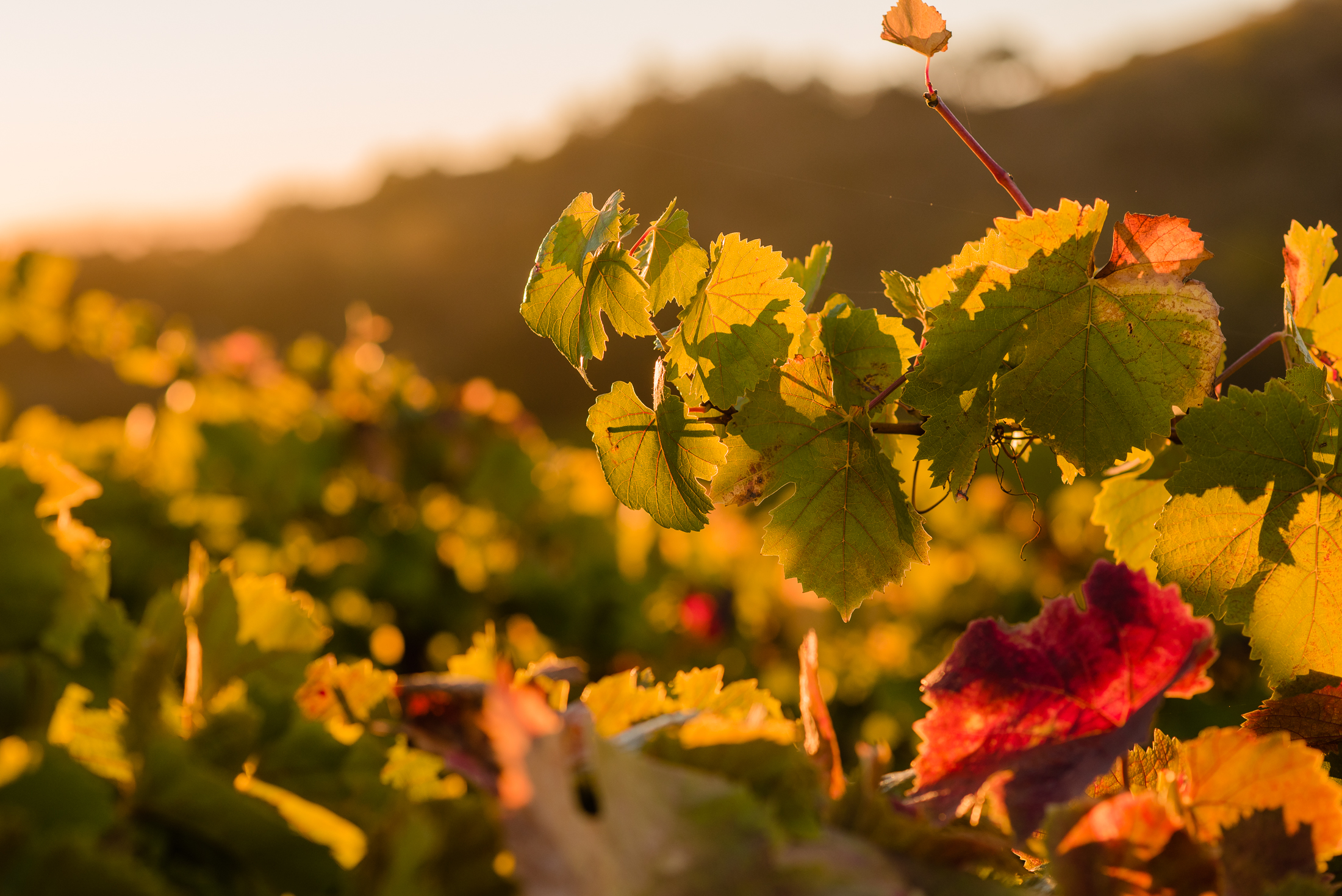 Starscape Vineyard, Russian River Valley
Starscape Vineyard, Russian River Valley
Wines
Starscape Vineyard – Russian River Valley
Clone Name: Dijon 777 & Pommard
Soil Type: Gravelly, rocky hilltop Goldridge (sandy loam with clay and volcanic ash)
Flavor: On the palate, supple tannins and flavors of raspberry, bing cherry, and black tea support a balanced long finish.
Aroma: Complex and a little jammy, this deep ruby wine opens with spectacular aromas of boysenberry, brambleberry, candied orange peel and a touch of spice.
Winemaker’s Notes: The 2016 vintage was our 8th release of this wine from Starscape (formerly Floodgate Vineyard). Like 2015, we found that with the quality of the fruit and the lignification of the stems, it made sense to do a little whole cluster fermentation. We layered the bottom of the tank with whole clusters and destemmed the rest of the fruit and added that on top of the whole clusters. I feel that in good years, when the fruit ripens at a balanced rate, the stems will become lignified. When this happens, I notice that a little whole cluster fermentation can really add texture and a spice component to the wine as well as lift up the overall aromatics of it.
 Hallberg Vineyard, Russian River Valley
Hallberg Vineyard, Russian River Valley
Hallberg Vineyard – Russian River Valley
Clone Name: Dijon 777 & Pommard
Soil Type: Goldridge topsoil with underlying Sebastopol clay
Flavor: On the palate, deep concentrated flavors of blackberry, coffee, and cola enhance the balance found in its soft tannins and medium body.
Aroma: This glistening garnet wine greets you with alluring aromas of boysenberry, blueberry, and sweet almond.
Winemaker’s Notes: The 2017 vintage is our 8th release from the Hallberg Vineyard. When we started working with Hallberg back in 2010 the vines were 7 years old and at the time of harvest in 2017 they were 14 years old. We have seen what vine age can do to a wine and this vintage speaks to the maturity of the vines. The vines are still dry farmed, and they only receive water in the form of rainfall. When you combine those two factors, dry farming and mature vine age, we get great balance, concentration, and depth of flavors that always continue to impress us.
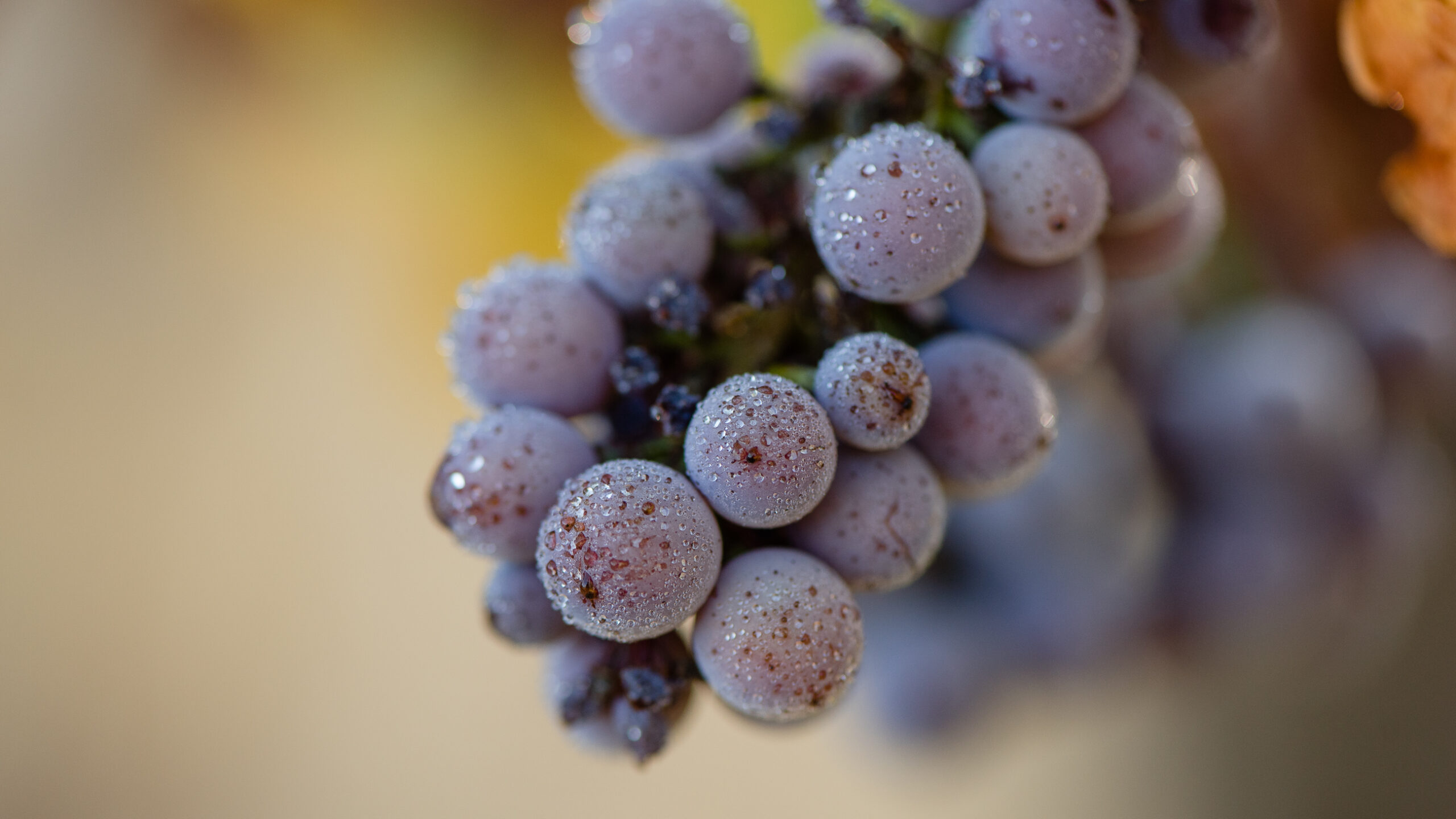 Ryan Vineyard, Humboldt County
Ryan Vineyard, Humboldt County
Ryan Vineyard – Humboldt County
Clone Name: 50% Dijon 115, 25% Dijon 777, 25% Dijon 667
Soil Type: Well drained soils. Colluvium derived from sandstone and/or earthflow deposits derived from schist.
Flavor: This wine excites the palate with red fruit flavors, wild black cherry, dried mission fig, green cardamom, tarragon, floral violets, aged cigar box culminating in a lasting, silky smooth, zesty finish. Decant for one hour prior to enjoying.
Aroma: Classic Ryan Vineyard deep garnet color with a pleasing bouquet of aromas of tart blackberries, wild blueberries, fresh violets, black figs, fennel flowers, coriander and a hint of pennyroyal and eucalyptus.
Winemaker’s Notes: Ryan Vineyard is located just outside the town of Benbow in Humboldt County. I grew up in Benbow and as a kid I would ride my three-wheeler up the East Branch of the Eel River and then go for hikes exploring the mountains and hillsides in that area. I can remember very clearly one particular childhood memory: One afternoon I was exploring and I stumbled upon an amazing flat meadow that was a good hike off of the river bar. It was a beautiful bench in the middle of the rugged hills around Benbow. About 20 or so years later, I was invited by the owner of that same property to go and look at a vineyard they planted in Benbow. When I arrived at the vineyard, I was immediately overwhelmed with a feeling of a déjà vu. I thought to myself, I have been here before and then it dawned on me that I was standing in the meadow from many years earlier. This vineyard has a special place in my heart and it makes fantastic wines. Like previous vintages from the Ryan Vineyard, this wine really speaks to the terroir, but I also feel that the vines are maturing to a point where they are starting to create very complex wines.
California Heritage Clones
These types of clones have a bit more of a rebel side. Many of these clones are also called “suitcase clones” as they were smuggled back to California from Burgundy at some point in time. As we know, it is illegal to smuggle contraband agricultural products into other states let alone countries on the other side of the world… but hey, they sure make delicious wines! We often refer to these clones as having a more “rustic” flavor profile. You’ll find flavors and aromas of burnt orange peel, tart cranberry, pomegranate, Rainier cherry, pumpkin seed, squash, fall leaves, and a slight leather or tobacco. These clones are later ripening and will be ready to pick later in the growing season which enables them to maintain higher acidity and lower sugars while often being picked an entire month later than Dijon clones. You’ll find some of these clones named Martini Clone, Mount Eden, Calera, Swan. If in hearing the names of the clones you thought, “Hmm… those are all names of California wineries,” well then with a bit of follow up, you may have an idea of who first brought these wonderful clones to California.
 Swan Clone, Bucher Vineyard, Russian River ValleyWines
Swan Clone, Bucher Vineyard, Russian River ValleyWines
Bucher Vineyard – Russian River Valley
Clone Name: Pommard & Swan
Soil Type: Yountville clay loam
Flavor: Juicy and smoothly exuberant in purple and blue fruit, this lightly ripe wine is balanced and refreshing, lasting spice notes of pepper.
Aroma: Deep ruby in the glass, with compelling aromas of black cherry, eucalyptus, and leather.
Winemaker’s Notes: John Bucher has made quite a name for himself as a winegrower in the Russian River Valley, with the likes of Williams Selyem lobbying for fruit annually from his Westside Road estate that overlooks the Russian River. Being neighbors with Rochioli, it is easy to understand why the grapes from Bucher Vineyard are held in such high regard. Yountville clay, Laughlin, and Josephine loams make up the 38 sustainably farmed acres of Bucher Vineyard. We have been sourcing fruit since 2014 from a steep hillside block, providing for excellent drainage and exposure–both of which are vital to the crafting of elegant and nuanced pinot noir.
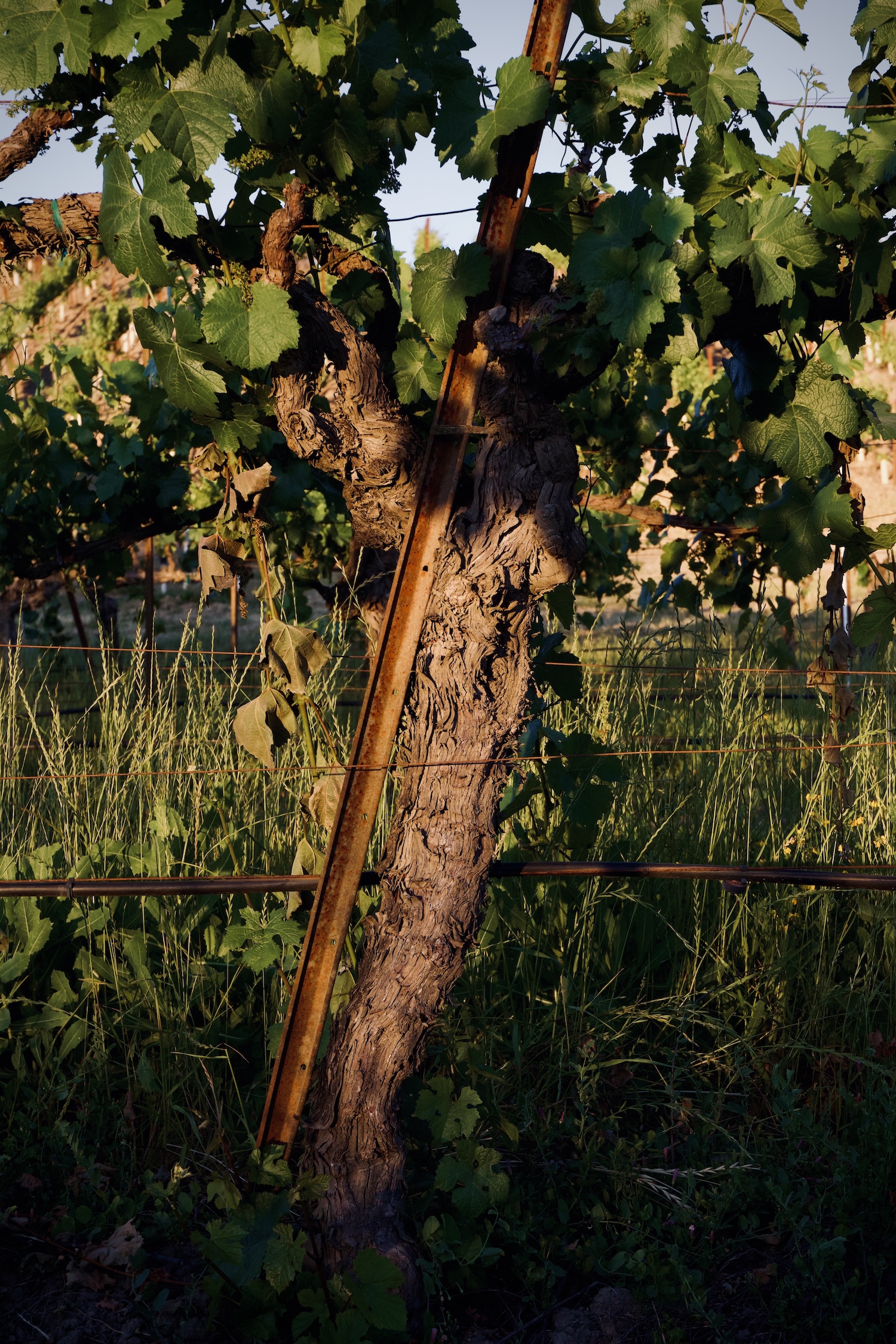 Martini Clone, Starscape Vineyard, Russian River Valley
Martini Clone, Starscape Vineyard, Russian River Valley
Starscape Vineyard, “Martini Clone – Old Girls” – Russian River Valley
Clone Name: Martini Clone
Soil Type: Gravel loam
Flavor: The palate mirrors the nose with bright red fruit flavors, soft tannins and a lingering minerality that culminates with a zesty, sophisticated finish.
Aroma: Elegant and balanced, with an alluring ruby red hue, the 2017 Old Girls opens with inviting aromas of red cherry, cranberry, violets, orange peel and baking spices.
Winemaker’s Notes: This single-clone, single-vineyard wine from the Starscape Vineyard in the Russian River Valley is sourced from some of the oldest Pinot Noir vines in all of Sonoma, with these beauties first taking root in 1971. Yielding just one ton of fruit per acre, these vines have provided us with beautiful berries full of complexity, richness, and elegance. Aged for 18 months in French Oak barrels.
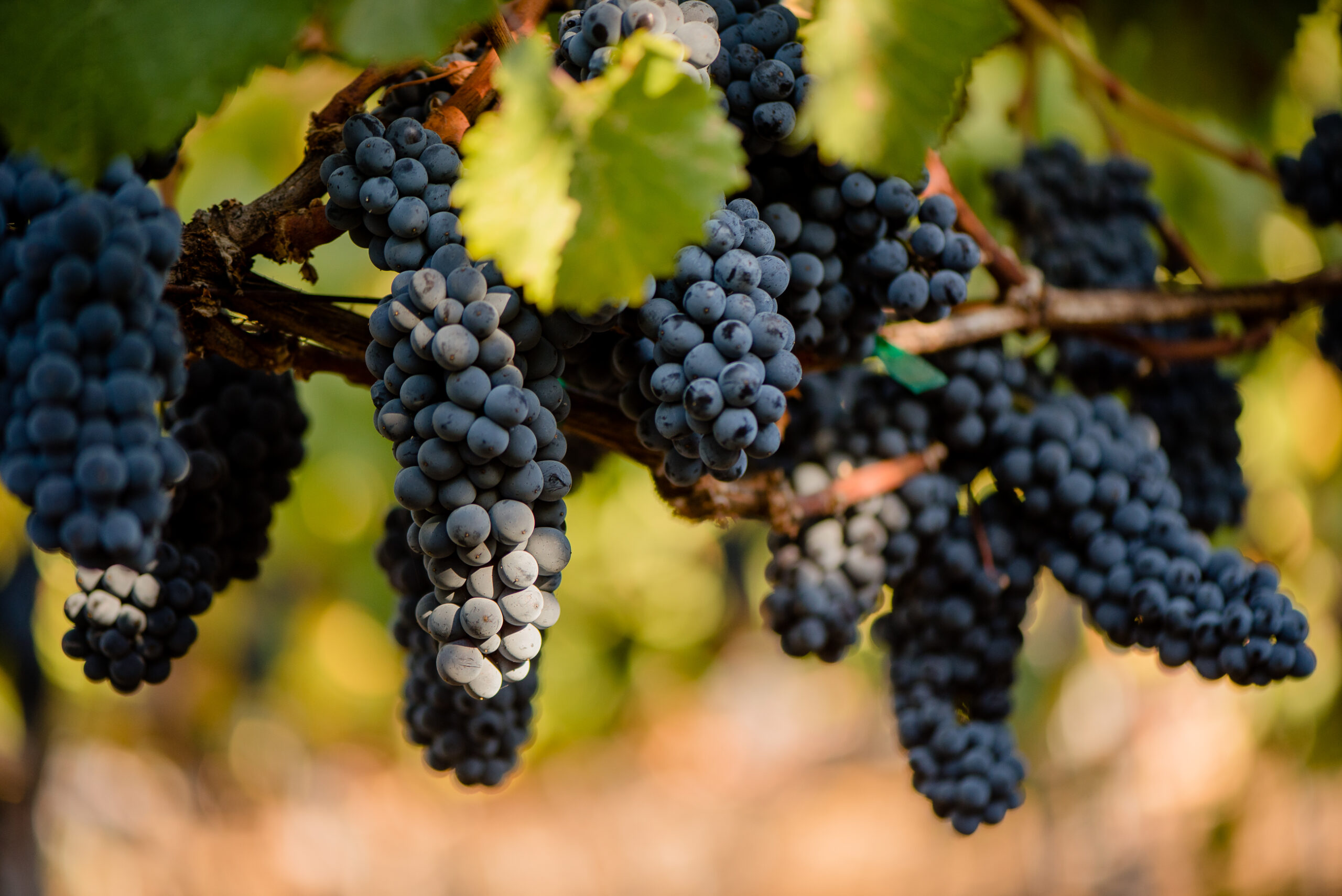 Wädenswil clone, Alderpoint Vineyard, Humboldt County
Wädenswil clone, Alderpoint Vineyard, Humboldt County
Alderpoint Vineyard – Humboldt County
Clone Name: Wädenswil clone (UCD 1A ) cuttings from University California Davis to Oregon in 1965. Originally a Swiss clone of Pinot Noir.
Soil Type: Volcanic soil
Flavor: Finding the wine with an age worthiness over the next decade, we’ll continue to see a blossoming of hints of thyme, wild black cherry, tart red currant, fresh raspberry, dusty red soils, warm mulling spices, and a mouth watering acidity with a lingering mid-palette tannin enticing you to come back for more.
Aroma: A rustic flavor profile backbone provided by the Wädenswil Pinot Noir Clone gives pale ruby color with expressions of dried orange peel, tart raspberry, wild pennyroyal, fresh juniper berry, and a white crushed rock minerality on the nose.
Winemaker’s Notes: Alderpoint was planted in 1992 and has become a key vineyard source for Joseph Jewell Wines, beginning with the 2013 vintage. With shale-like soils and positioned 500 feet above the middle fork of the Eel River, this vineyard also has extremely low yields, often registering at less than 2 tons per acre. The cooling influence of the river and the stony soils are essential in the development of flavors and textures that have become the signature of the wines from Alderpoint.
 Martini Clone, Fruitland Ridge Vineyard, Humboldt County
Martini Clone, Fruitland Ridge Vineyard, Humboldt County
Fruitland Ridge Vineyard – Humboldt County
Clone Name: Martini Clone
Soil Type: Fracture stone and shale
Flavor: Alpine strawberry, tart watermelon, tart cranberry, fresh juniper berry, and wild thyme give flavor to the mouth watering acidity. This wine is stunning young, but will age well over the next decade.
Aroma: Resembling a ripe cranberry in color, the 2018 Fruitland Ridge Pinot Noir is a bright and light style of Pinot Noir. Exuding notes of fresh wild cherry, orange peel, pennyroyal, wet stone, and dusty red soils on the nose, you’ll find this wine a delightful contrast to bold, tannic Pinot Noir from the Ryan Vineyard.
Winemaker’s Notes: 2018 marks the first vintage of our single-vineyard bottling of Fruitland RIdge Vineyard. Sitting at roughly 1,000 feet in elevation above the fog, this southwest facing vineyard is planted to 6 acres along a gentle slope on top of the Fruitland Ridge just half of a mile down the road from Elk Prairie Vineyard. Fruitland Ridge Vineyard was planted with the cuttings from its neighbor, Elk Prairie.
 Martini Clone, Elk Prairie Vineyard, Humboldt County
Martini Clone, Elk Prairie Vineyard, Humboldt County
Elk Prairie Vineyard – Humboldt County
Clone Name: Martini Clone & Pommard
Soil Type: Fracture stone and shale
Flavor: The palate delivers medium acidity and tannin with medium to medium plus flavor intensity, body and length. With a few hours of breathing, an additional strawberry component adds to the palate. The tannins are well-integrated and fine- grained and the fruit is juicy and well-defined. This is a refreshing, expressive, well-defined and structured gem with a supple viscosity and a creamy texture!
Aroma: The nose is youthful, but developing, with medium intensity and showing aromas of juicy red fruits like cranberries, cherries, and raspberries. Notes of fresh earth and a delicate floral perfume along with sweet spices like cinnamon, clove and vanilla add complexity.
Winemaker’s Notes: We’ve been working with this vineyard for close to a decade now and it truly is one that gives me great joy to work with. Sitting far east on the Fruitland Ridge about 1,000 feet in elevation above the fog, Elk Prairie is one of the coolest vineyards we work with. Unlike the neighboring Fruitland Ridge Vineyard with its gentle slope, Elk Prairie is a densely planted vineyard with tight, undulating hills and steep slopes surrounded by redwood and oak trees looking south east. Only two barrels of this wine were produced in the 2013 vintage, and it was served at former Secretary of State John Kerry’s state function dinners!



